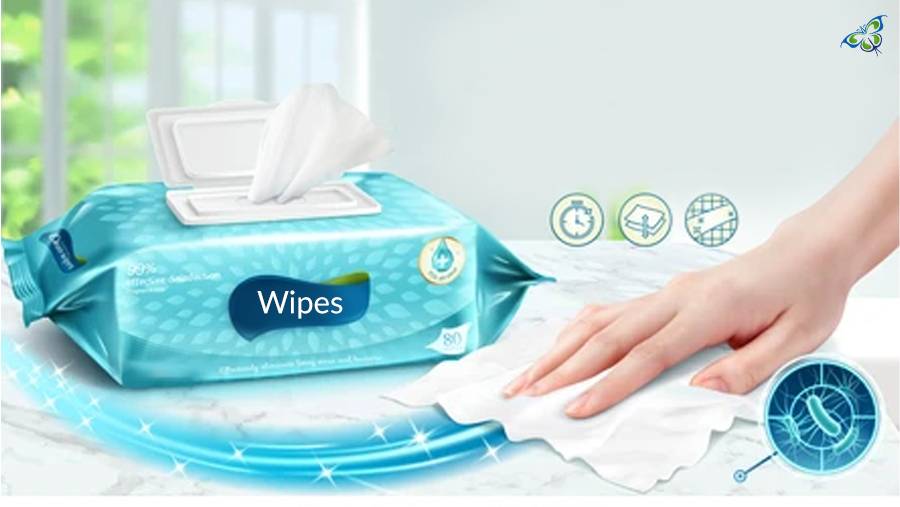
Hello
Select Address

Wipes, toilet papers, washroom tissues – these names have been resonating louder than ever before since the outbreak of the virus in 2020, haven’t they? The importance of hygiene practices has also been doing its rounds since the onset of the pandemic. This ultimately culminated into an acute shortage of tissues and toilet papers which will certainly go down to history!
Did the pandemic give rise to the sudden demand for wipes? Were they in high demand even before the world ran into this crisis? Are wipes effective in disinfecting and killing germs? In this article, we'll be drilling down the various types of tissues and wipes, their functionality, and their effectiveness as well. This will let you choose wisely instead of doing so arbitrarily!
The common toilet papers
Manufactured from 100% paper, they come in various thicknesses and textures. The common toilet paper beholds a few pluses and minuses. A glimpse through all of them reveals the following –
Wipes & their types
Did you know that there’s a fine line of difference between disinfecting and sanitizing? Yes, there is. Let's decipher the terms 'cleaning', 'sanitizing', and 'disinfecting'. Cleaning simply refers to removing the filth and grime. It removes the soiling from the surface – be it your hands or any inanimate thing!
‘Sanitizing’ involves liberating the area from germs, contaminants, and other microorganisms. Disinfecting, on the other hand, eradicates or kills the existing bacteria, viruses, and fungi. Wipes, rather 'disinfecting wipes' are one of the best methods of decontaminating surfaces. The quality of disinfecting wipes depends upon various factors…
The fabric – the cloth type or fabric of your disinfecting wipes would determine how effective the item is. Precisely, your wipes may be woven or non-woven; for better results, here’s my piece of suggestion for you – go for the non-woven wipes. They are often most effective.
Go for the eco-friendly variants – wipes made from bamboo are the most eco-friendly. They are usually the material used by producers of baby wipes. Unlike cotton, this raw material is free of pesticides and other fertilizers!
Amount of disinfectant applied – the amount of disinfectant injected in your wipes needs to be sufficient enough. Most high-quality wipes come in a 50GSM big dot spun cloth that can competently kill germs in one go!
Baby wipes
You mostly use baby wipes to rub your infant's butt and the area surrounding the urinary passage. It's therefore okay to go for fragrances (though some prefer to stick to the unscented ones).
Surface disinfecting wipes
There are also spray counterparts of these wipes available in the market. They contain bleach and highly disinfecting ingredients like Isopropyl Alcohol. Just beware of any contact with your skin. Therefore, using disinfectant wipes is at best and safely done using hand gloves.
Some natural disinfectant wipes today use ingredients like plant oil to fumigate surfaces!
Baby tooth wipes
They come with zero side effects containing natural oils and Xylitol. Usually, kids are highly resistant to tooth brushing. Tooth wipes are a better alternative (also if you are in the practice of using a damp cloth in the pre-tooting stage!).
Well, baby wipes again come in many variants like fever wipes, breast pump wipes, and so on. Let’s not get into them! The bottom line of the above discussion on toilet papers and wipes is you can pick any of the types according to your specific need. Choose carefully (for instance, there should be no harmful ingredient like glycol or paraben in your disinfectant wipes) before ordering your pack of wipes!